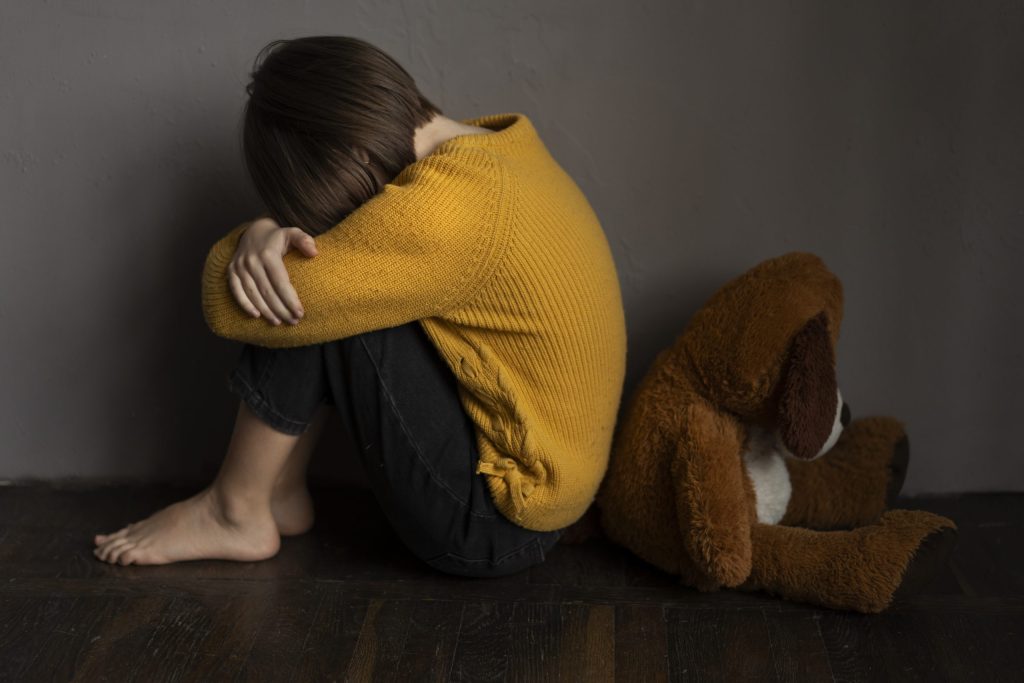World Day for the Prevention of and Healing from Child Sexual Exploitation, Abuse
and Violence
Today, on the World Day for the Prevention and Healing of Child Sexual Abuse (CSA), Exploitation, and Violence, it is important to remember that scientific evidence on social impact shows a crucial truth: to effectively protect minors, we must first ensure that the adults who protect them are also protected. Science has demonstrated that one of the most effective ways to isolate victims is to harass their supporters—a tactic known as isolating gender violence, whose health consequences are devastating and one of the most successful ways to protect is to overcome it.
The reality is that many abusers are able to continue their abuse because they have social support. Perpetrators rarely act alone; they rely on networks of enablers who sustain, legitimize, or amplify their violence. Research on coercive control shows that abusers depend on social ecosystems—family members, friends, colleagues, or community figures—who may knowingly or unknowingly reinforce the perpetrator’s strategies of domination.
In cases of child sexual abuse, this dynamic often begins with progressive isolation. Perpetrators separate children from protective adults, manipulate them into secrecy, and use threats to break the trust that survivors might place in potential supporters. As survivors grow older, these isolating tactics commonly extend into the digital realm. Online smear campaigns—such as portraying the survivor as “unstable” or a “liar”—are frequently used to discredit their disclosure and discourage others from believing or supporting them. Empirical research on technology-facilitated coercive control shows that such digital manipulation greatly strengthens the abuser’s ability to isolate and silence victims.
Beyond smear tactics, perpetrators often form toxic alliances within the victim’s social environment. Relatives or friends may minimize the abuse, deny its severity, or insist on “keeping the family together,” generating confusion, guilt, and self-doubt in the survivor. In more serious cases, these individuals become active accomplices—protecting the abuser or pressuring the survivor not to report—patterns documented across child sexual abuse and domestic violence research.
The most aggressive strategy is the direct attack on the support network, known as Isolating Gender Violence (IGV), in which abusers target the survivor’s friends, partners, or colleagues through threats, digital harassment, or reputational harm, leaving the survivor without external support. These interconnected tactics form a spider-web structure of isolation that allows perpetrators to maintain long-term control and enables digital violence to persist across time and contexts.
To ensure lives free from harassment, we often look to systems and institutions to protect survivors—and this is necessary. The best way, for instance, to apply successful educational actions for preventing violence, the application of Dialogic Model of Prevention that showed scientific evidence of social impact preventing and reducing the violence.
But real change also begins with each of us. For example, when a friend or colleague becomes an accomplice to a smear campaign against someone who supports survivors of child sexual abuse, how do we respond? If we want to protect minors, there is only one path: we must protect both victims and the people who support them.
The abuser’s spider web collapses when no one supports their cowardly and obsessive harassment.
President of the CSAS Association - Science and Friendship
Director of DF Diario Feminista
Associate Professor of Journalism and Communication Sciences, Autonomous University of Barcelona


